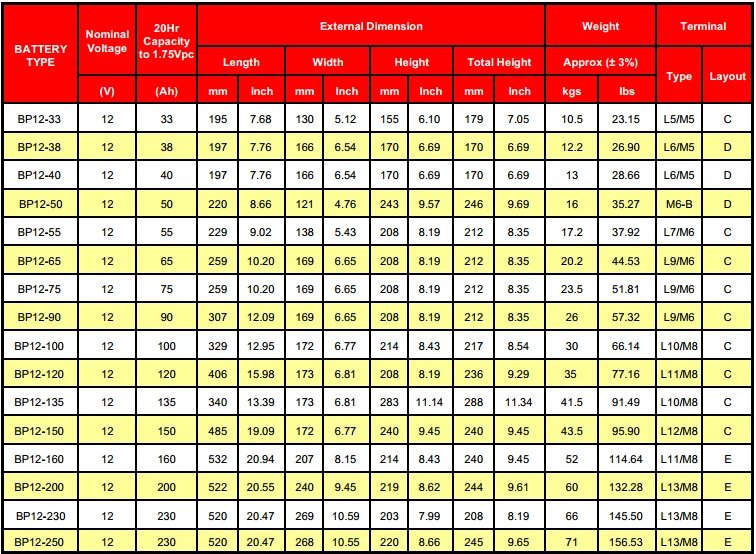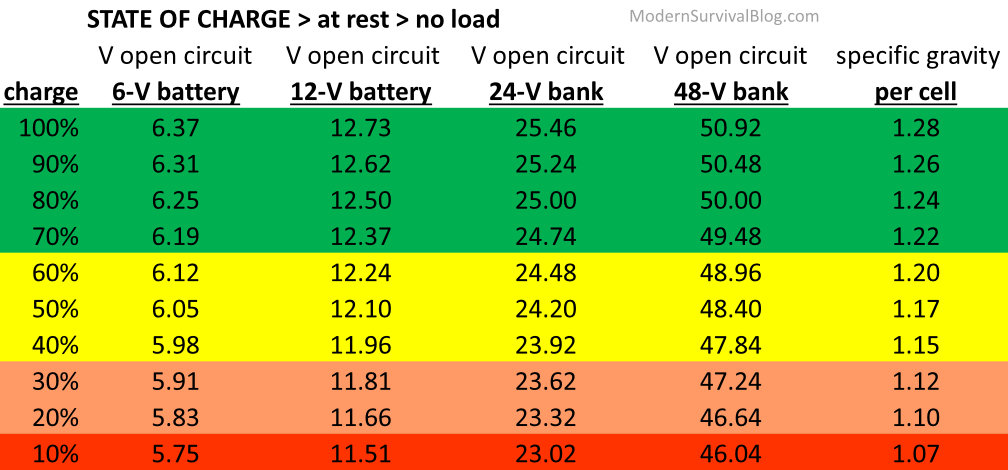
Not all chargers use all of these stages, but all will have Bulk, Absorption & Float as a minimum (known as 3-stage charging).ĭuring this stage the charger attempts to deliver its maximum current and the voltage will drop gradually as the battery's internal resistance rises. The table below gives a brief description of the various charging stages that modern chargers use. This type of charger cannot be left permanently connected as it will damage the battery.
12v battery full charge voltage full#
Older-style chargers that have a fixed voltage output can't achieve a full re-charge as they are unable to adjust the voltage level which would be needed to ensure full charge absorption. Multi-stage chargers can be left permanently connected to the battery without causing damage, which means that whilst the battery is not being used the charger can prevent self-discharge (the process by which a battery slowly discharges over time, even with no loads connected).

This helps prevent over-charging, ensures that the battery is charged up to 100% and maintains the battery in an optimal state, all of which help maximise the life of the battery.

Most modern chargers are multi-stage chargers which means that they go through various stages in their charging cycle where the current and voltage will vary in order to provide the best possible charge to the battery. So, first let's understand how chargers work. In this guide, we will walk you through the various things to keep in mind when choosing a charger. Most modern battery chargers will have the option for you to select the type of battery being charged (and so make sure that the output is optimised for that battery type), however, some basic, less expensive models will only be suitable for certain types of battery. Mains battery chargers work by converting a 240V AC power source into a DC output with a suitable charging profile for your battery type.

Irrespective of the input source that the chargers use, they all work on a very similar principle to charge a DC battery, so in this guide we will be focusing on mains battery chargers as they are the most commonly used. vehicle or boat engine (known as a 'DC-DC charger'), from solar panels (known as a 'solar charge controller') or from a mains electricity supply (known as a 'mains charger'). Charging can be carried out using chargers that take their power from various different energy sources, e.g. Battery chargers are essential to any 12V electrical setup, allowing you to replenish the charge that is drawn from your battery by your 12V circuits.


 0 kommentar(er)
0 kommentar(er)
